Solar Lighting for Your Garden
Installing outdoor lighting can pose many challenges. In addition to the cost of the lights, it’s usually necessary to hire a licensed electrician to do the installation. Solar-powered lights are an increasingly popular alternative. They are affordable, easy to install yourself and can be relocated easily. You also save on electrical costs.
Until recently, most solar lights emitted only a dim light and were not all that reliable. This has changed, as super-bright LEDs have replaced more conventional filament bulbs. Light-emitting diodes (LEDs) create light without generating the waste heat of normal bulbs, so they are very bright, yet require far less electricity to operate. The result is a dependable, long-term “bulb” that will usually shine for the life of the product.
Using solar lighting outdoors can be a lifesaver when outdoor outlets are not available. But do solar-powered lights really work? How do they measure up to hardwired electric lights? And what if your yard is shady or you live somewhere that rarely sees the sun?
How solar lighting works
Photovoltaic cells absorb sunlight during the day to charge the batteries, which then light the bulb at night. Because solar lights are powered by the sun, they must be placed in an area that receives full sun — ideally eight or more hours per day.
What if you don’t have direct sun?
If you are putting solar lights in your desert yard in Tucscon or Palm Springs, they are sure to operate at maximum strength — but what if you live in Seattle or simply have a heavily shaded yard? It’s not quite as simple, but you can still have solar-powered lights, even in a fully shaded area. A solar or landscape lighting pro can help position a remote photovoltaic panel on your roof or in a sunnier area of your yard, which can then be wired to the lights in the shady area. If there simply isn’t much sunlight to be gathered, even on the roof (for example, you live somewhere like Seattle or Portland), the solar lights will still work, but they won’t shine as brightly or for as long each evening.
There are several types of garden solar lights:
- Solar Garden Accents: Accent lights add a pleasant glow to your landscape. Their relatively low level of illumination is designed to “mark a place,” not illuminate an object or light a pathway.
- Solar Path Lights: As the name implies, path lights are meant to light paths, walkways, driveway perimeters or other small areas around your home and in your landscape.
- Solar Task Lights and Spotlights: Task lights and spotlights are the brightest class of solar lights and usually carry the highest price tag. They are designed to cast a bright beam of light on plants, statuary or entryways.

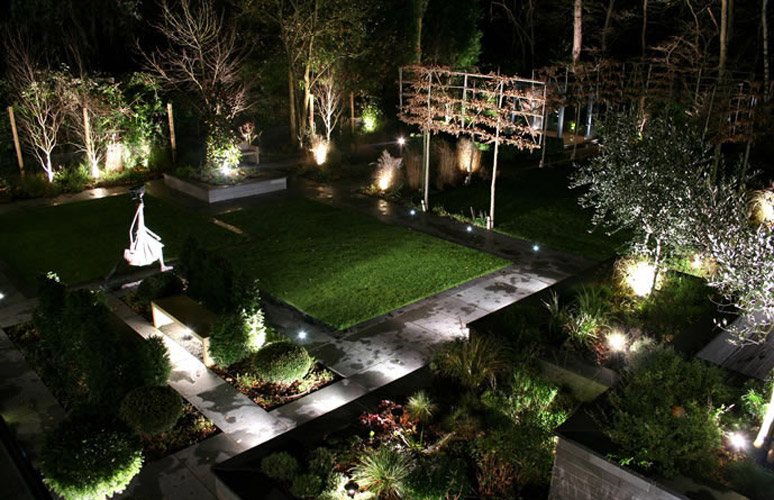
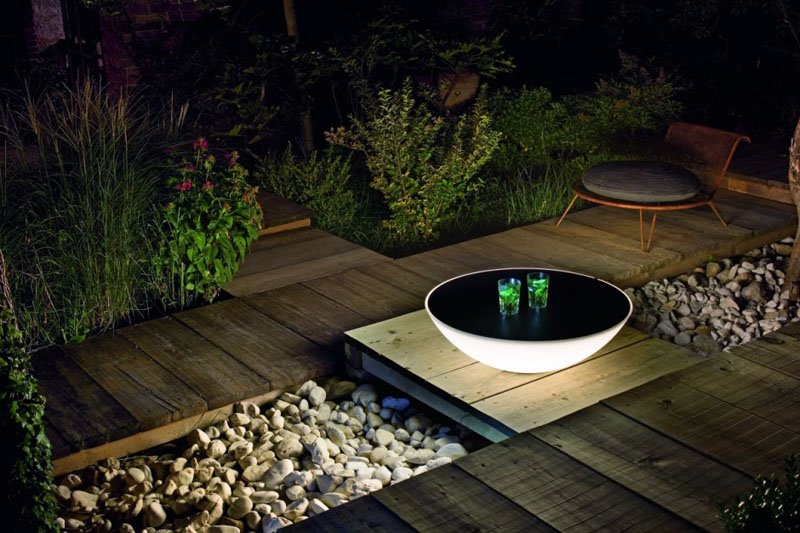
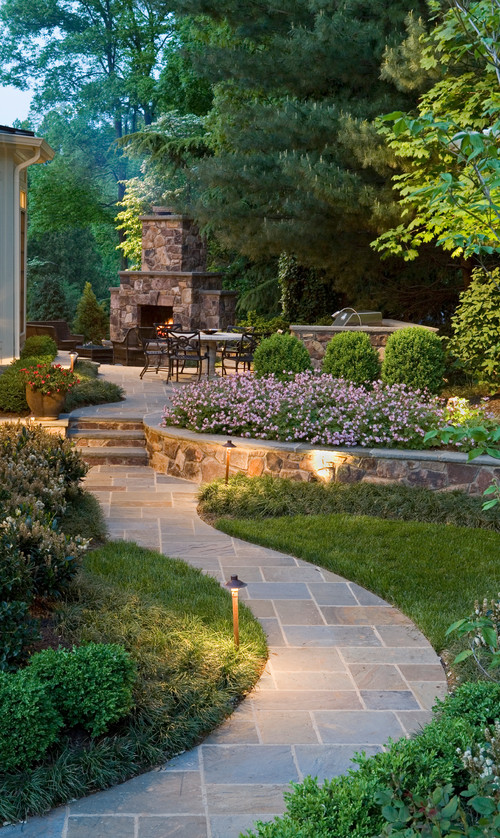
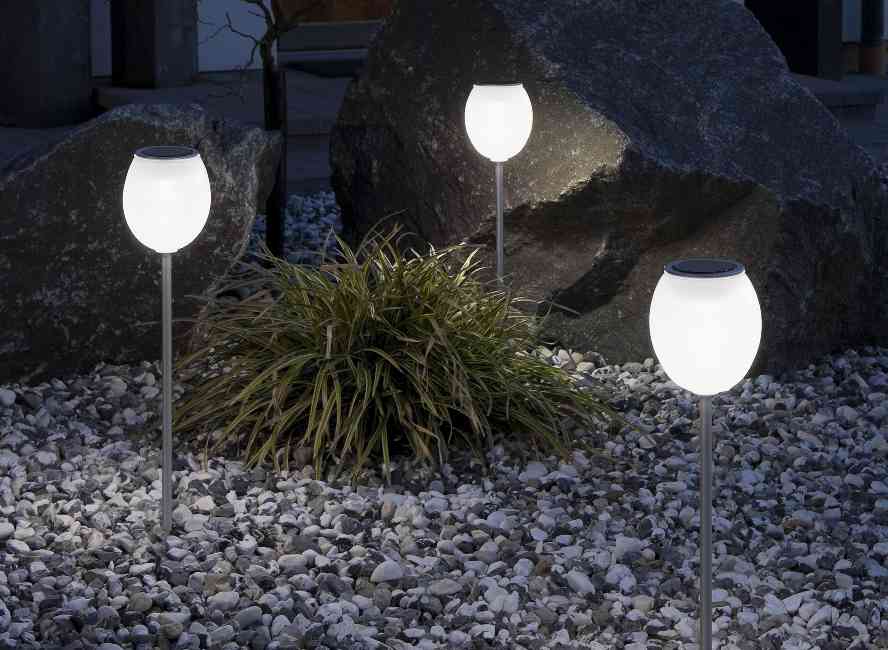
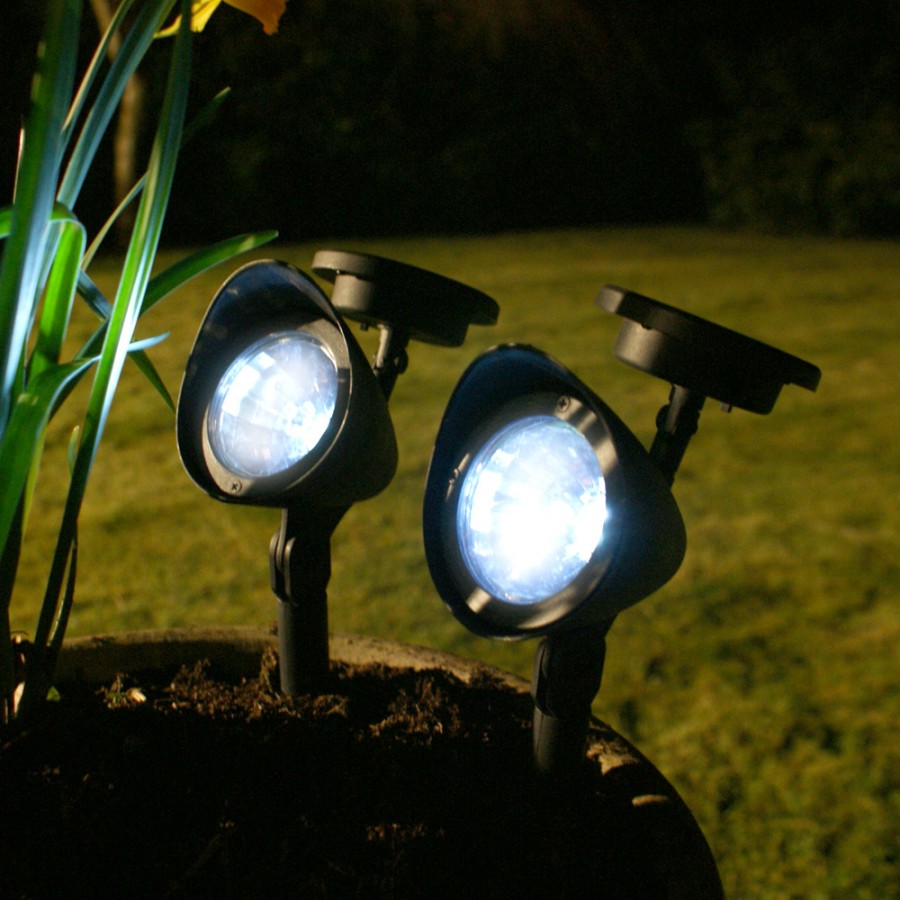
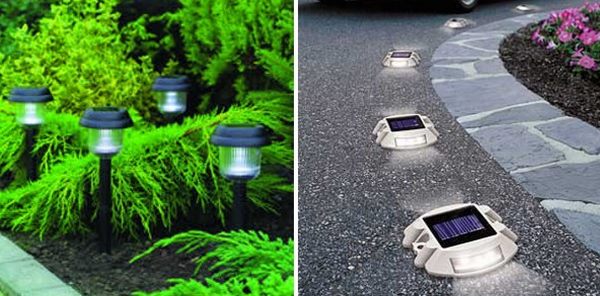
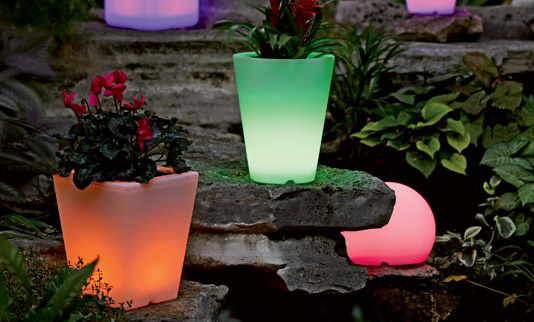
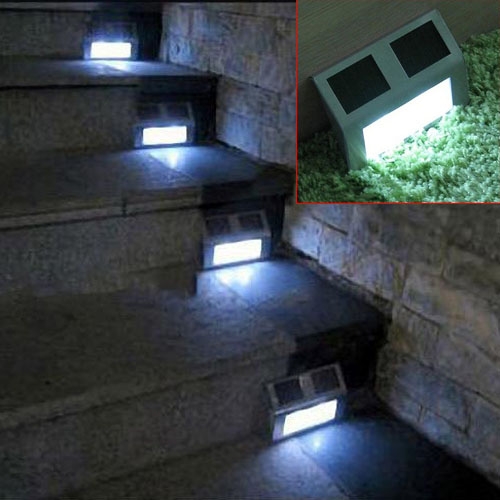
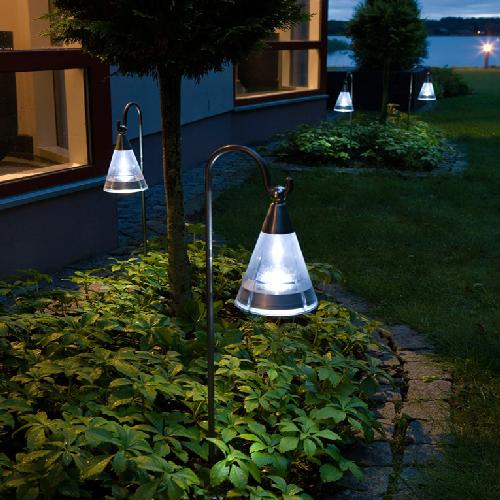
Comments are closed.